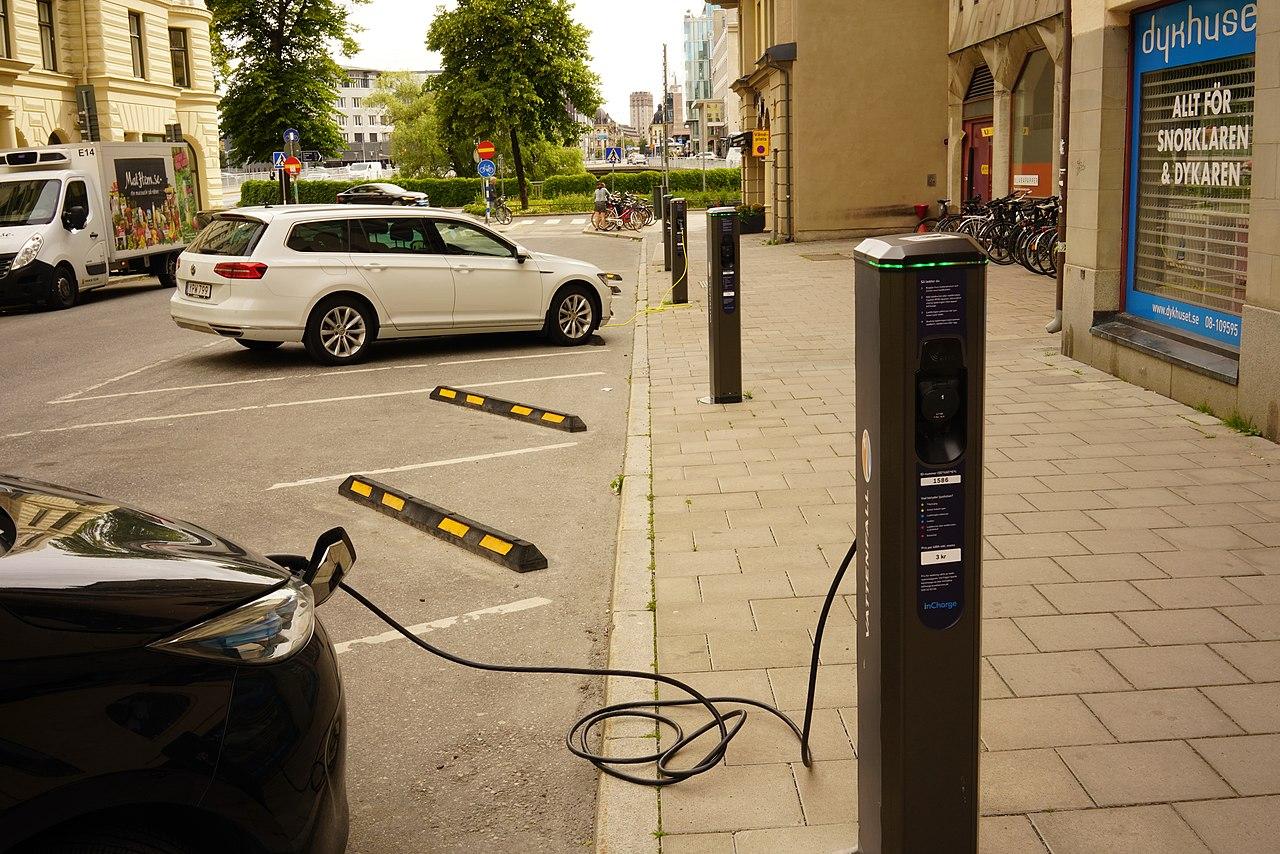New Electrolyte Boosts EV Charging
Realizing extreme fast charging (XFC) in lithium-ion batteries for electric vehicles is still challenging.

Oak Ridge National Laboratory (ORNL) researchers are taking fast charging for electric vehicles, or EVs, to new extremes.
A team of battery scientists at the Tennesse lab recently developed a lithium-ion battery material that not only recharges 80 percent of its capacity in 10 minutes but keeps that ability for 1,500 charging cycles. They published on the Chemistry Europe website an article titled "A Novel High-Performance Electrolyte for Extreme Fast Charging in Pilot Scale Lithium-Ion Pouch Cells" regarding their findings.
When a battery operates or recharges, ions move between electrodes through a medium called the electrolyte. ORNL’s Zhijia Du led a team who developed new formulations of lithium salts with carbonate solvents to form an electrolyte that maintains better ion flow over time and performs well when high current heats up the battery during extreme fast charging. Project partners tested battery pouch cells made at ORNL’s Battery Manufacturing Facility to prove the battery’s safety and cycling characteristics.
“We found this new electrolyte formulation basically triples the Department of Energy’s target for the lifespan of an extreme-fast-charging battery,” Du said.
According to the abstract:
"Realizing extreme fast charging (XFC) in lithium-ion batteries for electric vehicles is still challenging due to the insufficient lithium-ion transport kinetics, especially in the electrolyte. Herein, a novel high-performance electrolyte (HPE) consisting of lithium bis(fluorosulfonyl)imide (LiFSI), lithium hexafluorophosphate (LiPF6) and carbonates is proposed and tested in pilot-scale, 2-Ah pouch cells. Moreover, the origin of improved electrochemical performance is comprehensively studied via various characterizations, suggesting that the proposed HPE exhibits high ionic conductivity and excellent electrochemical stability at high charging rate of 6-C. Therefore, the HPE-based pouch cells deliver improved discharge specific capacity and excellent long-term cyclability up to 1500 cycles under XFC conditions, which is superior to the conventional state-of-the-art baseline electrolyte."